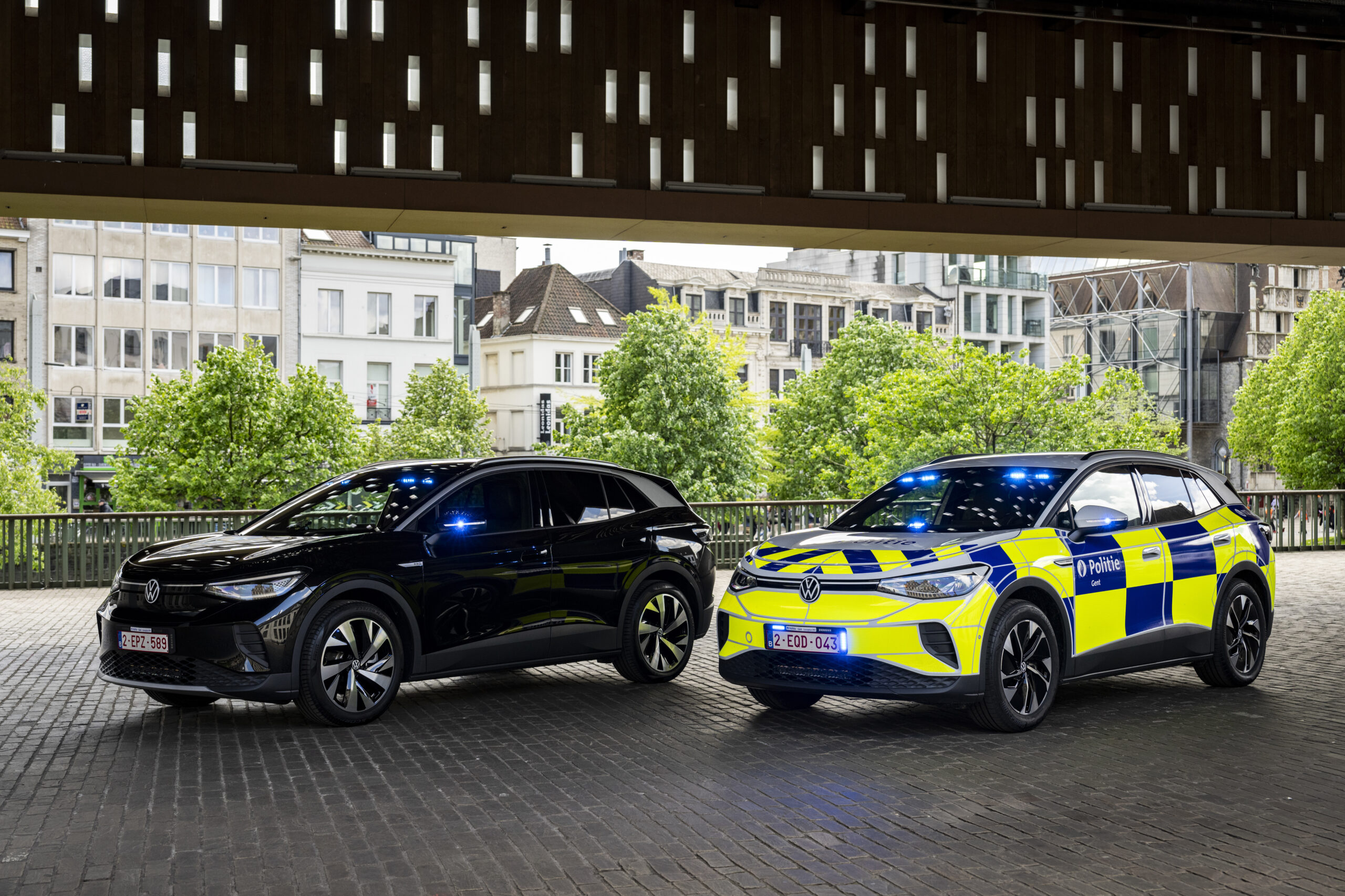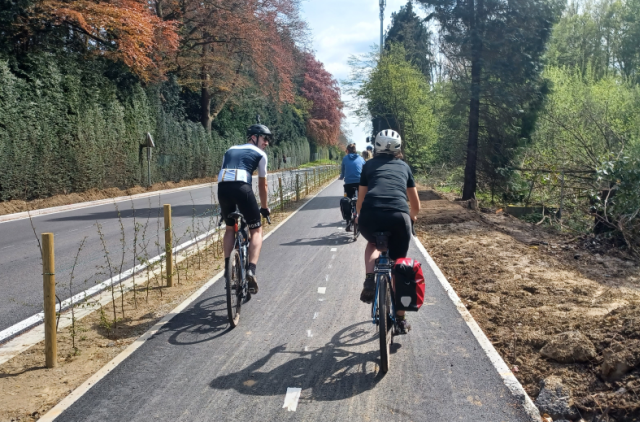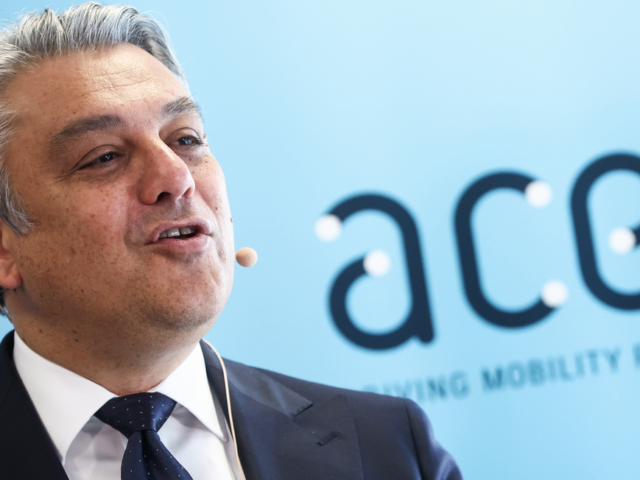
Ghent police tests 112 interventions with Volkswagen ID.4

One ID.4 features the “Battenburg”-striping, the second one is an anonymous version. /Volkswagen
The police zone of Ghent has started testing the feasibility of electric drivelines for intervention vehicles. As of today, one anonymous an


Comments
Ready to join the conversation?
You must be an active subscriber to leave a comment.
Subscribe Today